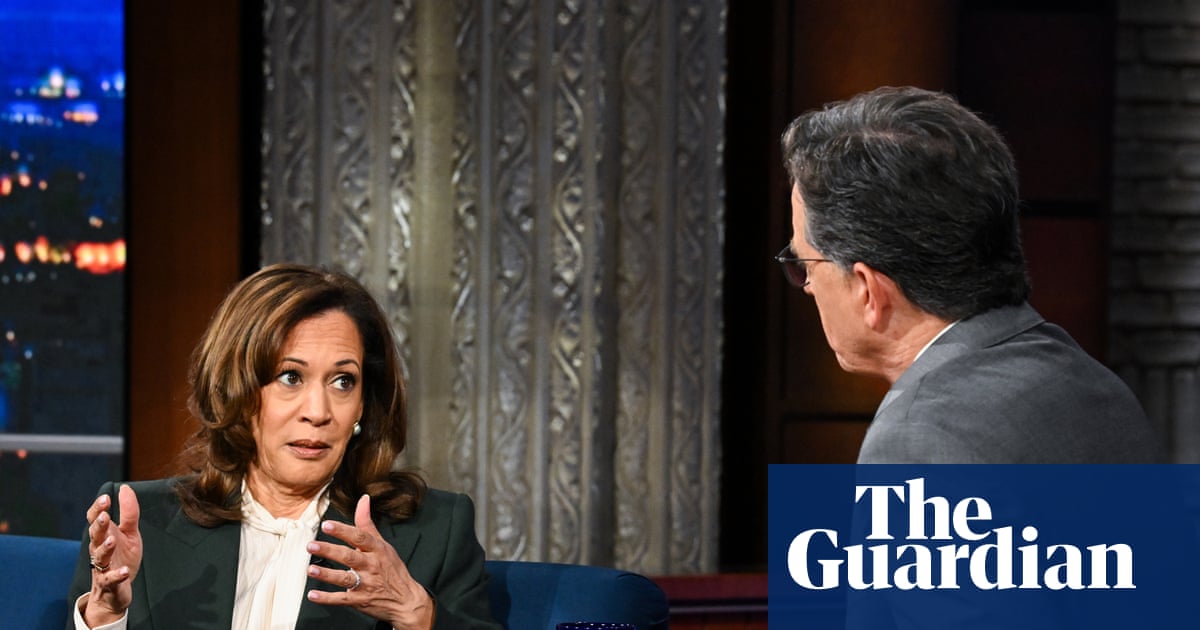According to Donald Trump’s White House, the US economy is booming, inflation is dead and jobs are surging. A blizzard of economic reports has cast a pall on such claims in recent days.
This week’s data on Trump’s early economic record was mixed – good, mad and ugly – with jobs numbers so weak he reached for the catchphrase he once used to build himself into a reality TV star: you’re fired.
The picture is chaotic, with robust headline growth in the world’s largest economy, wild swings in trade, and a remarkable slowdown in the labor market.
For six months, Trump has staged an extraordinary campaign to overhaul the global economy and extract concessions from Washington’s allies and rivals by threatening and imposing steep tariffs on their US exports.
But the unpredictable, erratic rollout of this strategy has already had bizarre consequences.
Resilient-ish growth
On the surface, at least, this week’s deluge of data opened with good news: the US economy returned to growth in the second quarter, with gross domestic product (GDP) – a broad measure of economic health – expanding at a rate not seen since last summer.
But this followed an unexpected contraction in the first quarter, and underlined some more concerning figures, such as a 15.6% drop in private domestic investment. Businesses have been struggling to keep up with the hour-by-hour jerks and jolts on sweeping economies policies.
Yes, there was good growth in the last quarter but in the first six months, the US economy grew at a mediocre 1.2%. The Wall Street Journal called it “the weirdest GDP report ever”.
Imports surge and plunge
Delve a bit deeper, and you start to see how the US economy is grappling with a series of extraordinary forces as Trump hammers out his trade strategy.
Firms spent much of the first quarter waiting for the president to reveal his plans for tariffs: which countries would be targeted, at what rates, and when. They stockpiled, triggering an unprecedented surge in imports that pushed growth into the red.
In the second quarter, however, as Trump started to ramp up his economic attacks, imports tumbled at an equally astonishing pace. Net exports – how much a country exports more than it imports – boosted GDP.
Interest rates on hold
This is Trump’s least favorite chart. Despite his many public demands, threats and attacks, the Federal Reserve has not yet cut interest rates this year.
Why? Jerome Powell, the central bank’s chair, has repeatedly argued it should wait and see the impact of the president’s trade strategy before moving. Fed officials are worried that inflation – despite Trump’s claims that it has collapsed on his watch – has actually remained stubborn, and might rise as a result of his tariffs.
This has gone down extremely poorly in the White House, where officials are counting down the weeks until Powell’s term as chair ends next May.
Jobs growth stalls
Data released on Friday fundamentally changed the way US policymakers and politicians think about the economy. Until then, many inside the Fed thought everything was broadly ticking over nicely – and Trump administration officials claimed they were overseeing a boom in activity.
But July’s employment report revealed far fewer jobs were created that month than economists had expected, and revised down estimates for May and June by an astonishing 258,000. Job creation has stalled.
“Look, this jobs report isn’t ideal,” Stephen Miran, chairman of the White House council of economic advisers, told CNN, before suggesting that fading uncertainty around trade and fiscal policy would lead to significant improvement.
“It’s all going to get much, much better from here,” he added.

 German (DE)
German (DE)  English (US)
English (US)  Spanish (ES)
Spanish (ES)  French (FR)
French (FR)  Hindi (IN)
Hindi (IN)  Italian (IT)
Italian (IT)  Russian (RU)
Russian (RU)  3 hours ago
3 hours ago
























Comments